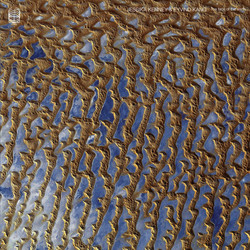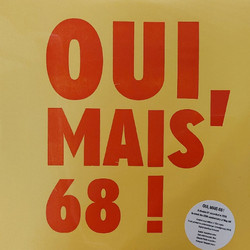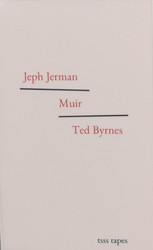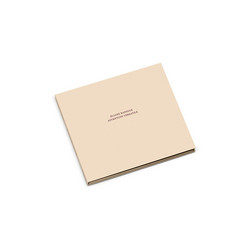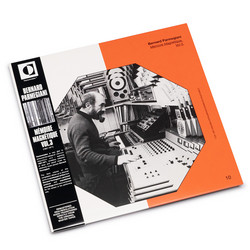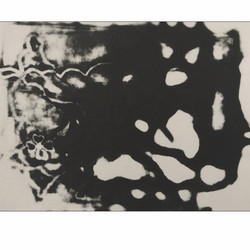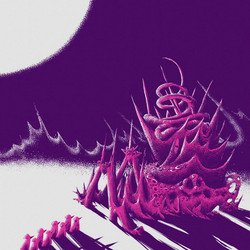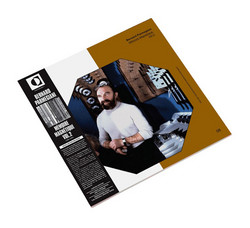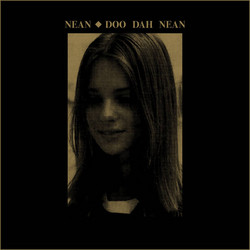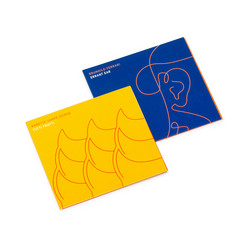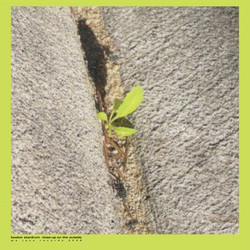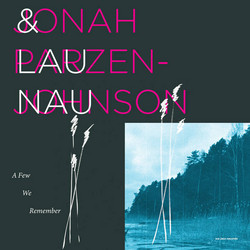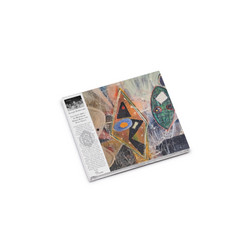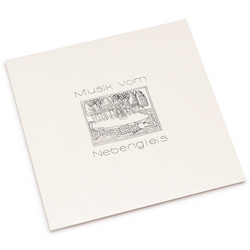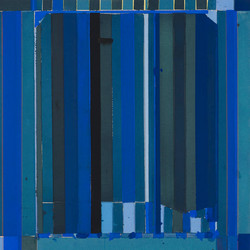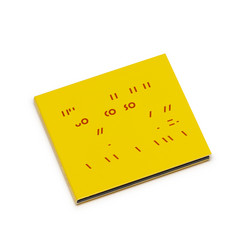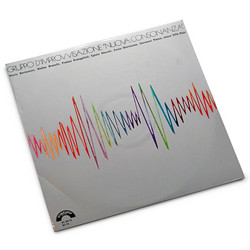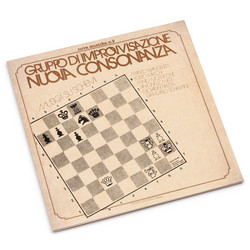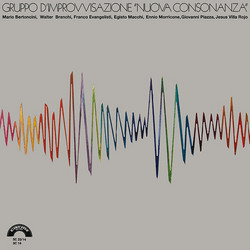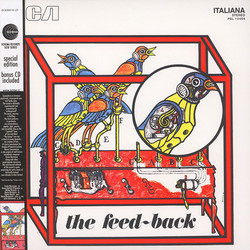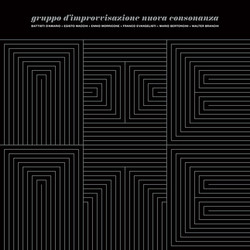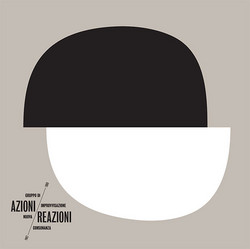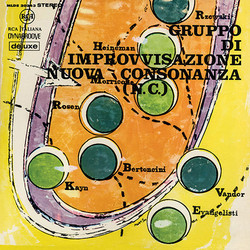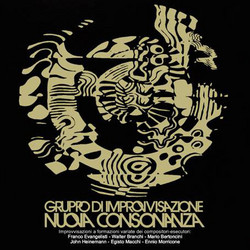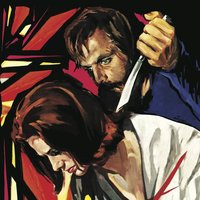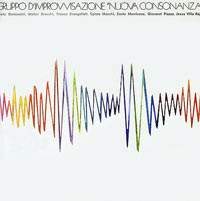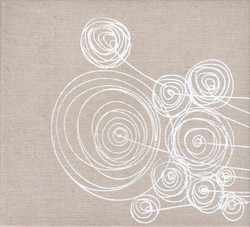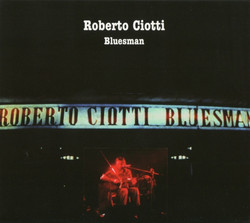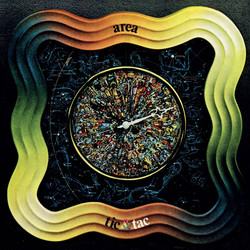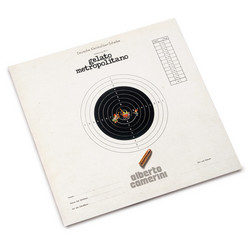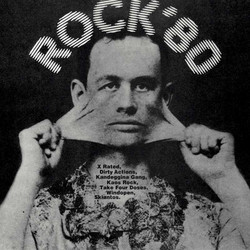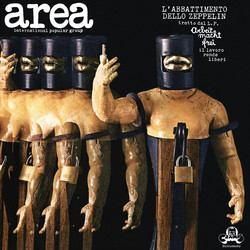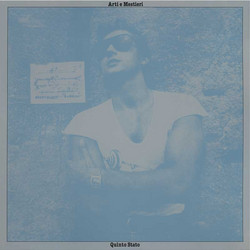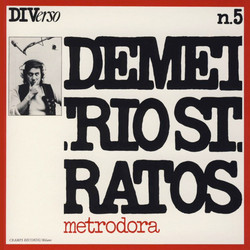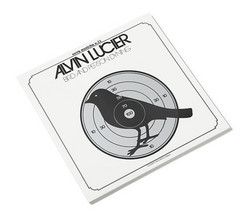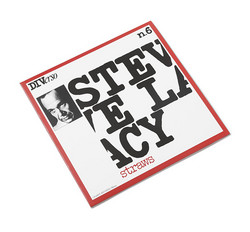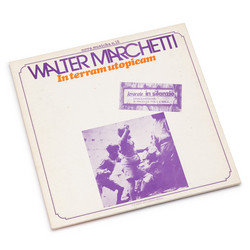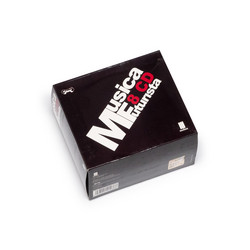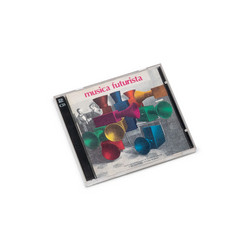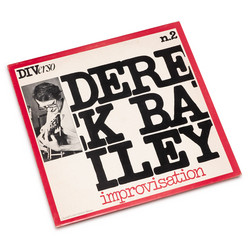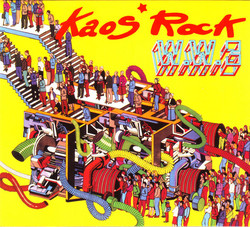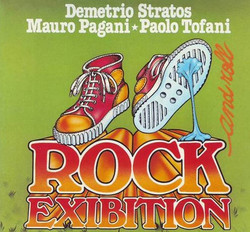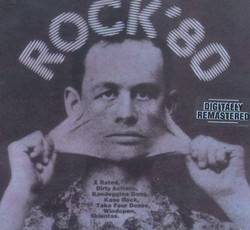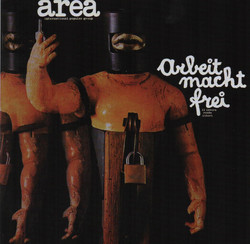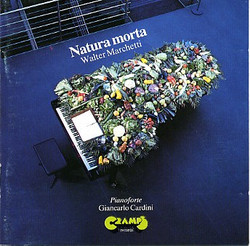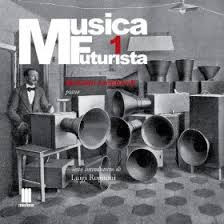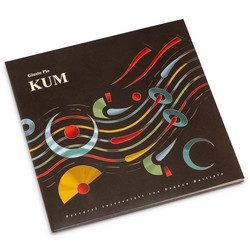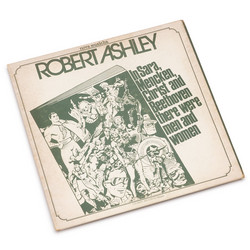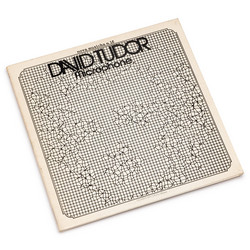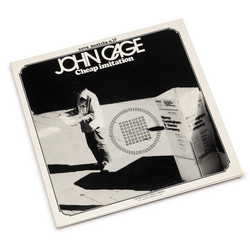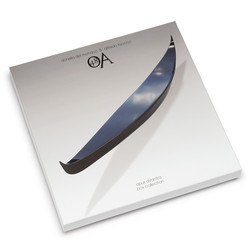** 300 copies, hand-numbered edition. Perfect replica of the original, Gatefold cover. 180gr black vinyl. **In the early 1960s, Franco Evangelisti assembled Gruppo Di Improvvisazione Nuova Consonanza, a revolutionary collective of Italian composers who aspired to transform musical composition through radical group improvisation. Like their peer Karlheinz Stockhausen, they embraced musique concrète, aleatory (controlled chance) techniques, and early electronic music experimentation. One particularly unique aspect of their creative process was the use of chess games to define key parameters of their musical explorations.
The result was Musica Su Schemi – a groundbreaking work that remains unpredictable, fluid, and perpetually marked by the tension between performers and their conscious rejection of traditional musical forms. Originally released in 1976, this album represents one of the most advanced expressions of the collective's philosophy of "schematic improvisation." The album's core innovation lies in its approach to "schematic" improvisation: rather than free-form chaos, the music relies on conceptual maps – "schemi" – that serve as launching points for structured yet liberated sonic explorations. These schemas could be graphic, verbal, or symbolic: open forms that guided without constraining, generating both interaction between musicians and dramatic coherence. As composer-saxophonist John Zorn explains, "[They] were instrumental in founding a radical tradition of Western musical improvisation that owed little or nothing to anybody and created some of the strangest music ever made."
While we know Ennio Morricone for his iconic film scores, Musica Su Schemi reveals his lesser-known experimental soul. Here, Morricone serves as composer, trumpeter, and ideologist, pushing the ensemble toward a form of concrete abstraction where traditional instruments are filtered, prepared, struck, and transformed. This experience would profoundly influence his cinematic work – the irregular textures, noise-based arrangements, and timbral overlays found in his film scores derive directly from his Nuova Consonanza explorations. The album opens with Schema 1 and Schema 2 – extended sonic improvisations where the tension between discipline and chaos is palpable. Instruments are struck, prepared, bent to the edge of noise, yet always with compositional control. Side B features the brief, suspended Schema 3 followed by Omaggio a Giacinto Scelsi, an explicit tribute to the composer who worked with microtonal and internalized sound, revealing rarefied consonances and melodic glimpses that directly reference Giacinto Scelsi's practices. This isn't pure sonic chance, but a radical reflection on transforming improvisation into an act of simultaneous composition. The schemas serve as the binding agent that allows individual expressive freedom to become organic within the ensemble.
In modern critical perspective, this album represents one of the collective's most advanced moments: an extreme testament to their idea of conscious improvisation, bridging European post-serialism and concrete avant-garde. It remains astonishing today – a cornerstone for those seeking music that accepts neither compromises nor easy definitions.
Each member would establish themselves as important figures in 20th century music, though none gained the notoriety of Morricone. Nonetheless, Gruppo's influence on modern composition endures, anticipating many practices in contemporary music and indirectly influencing ambient music, European free jazz, and electroacoustic noise. Musica Su Schemi is not simply an improvisation album – it's a conceptual mantra, a sonic challenge in organizing chaos.
Personnel:
- Ennio Morricone - trumpet, flute, instruments
- Franco Evangelisti - piano, percussion
- Giovanni Piazza - French horn, flute, violin
- Egisto Macchi - percussion, strings
- Antonello Neri - piano, instruments
- Giancarlo Schiaffini - trombone, flute
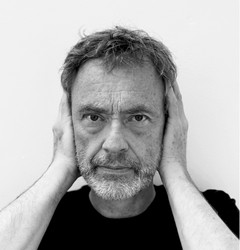
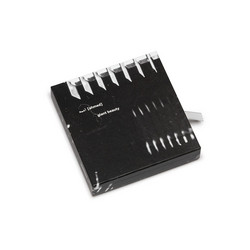
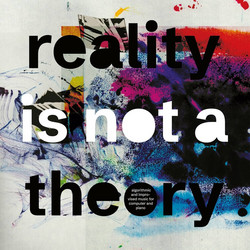
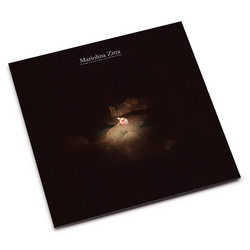
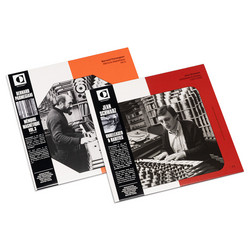
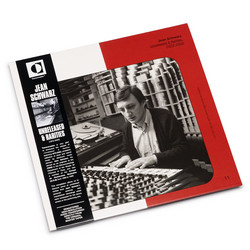
![Eyry]](https://cdn.soundohm.com/data/products/2025-12/Gillis_Eyry_CD_01-jpg.jpg.250.jpg)
